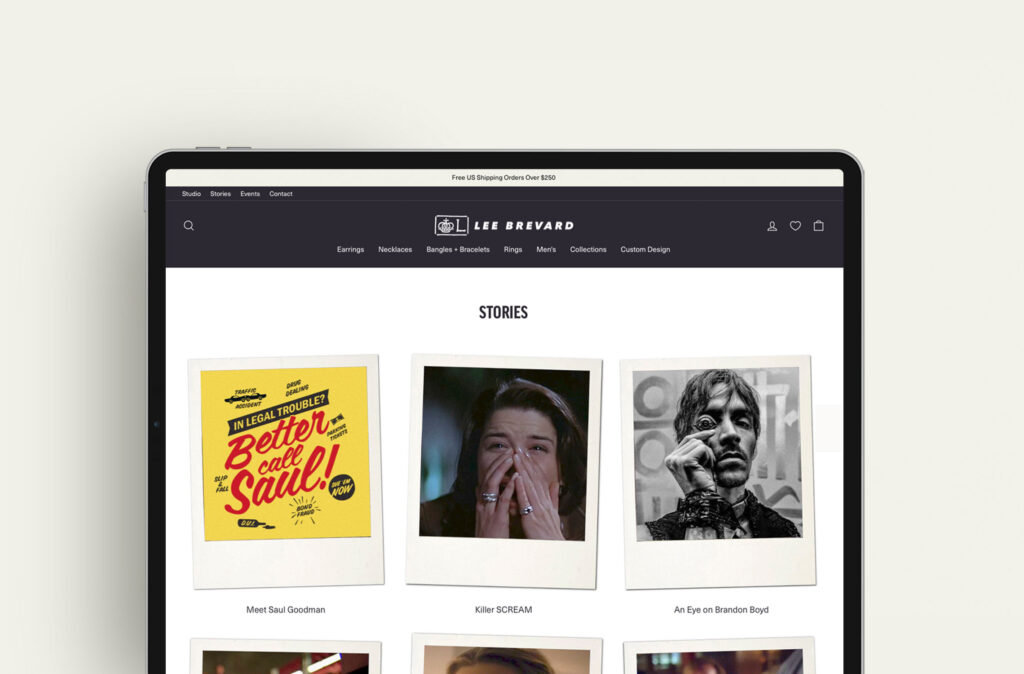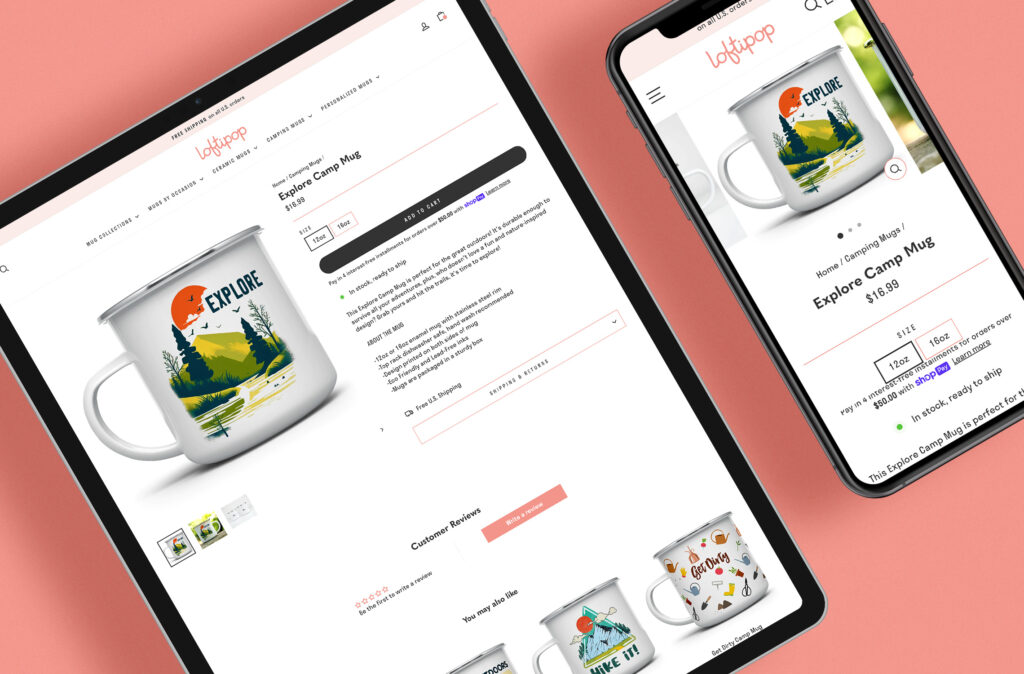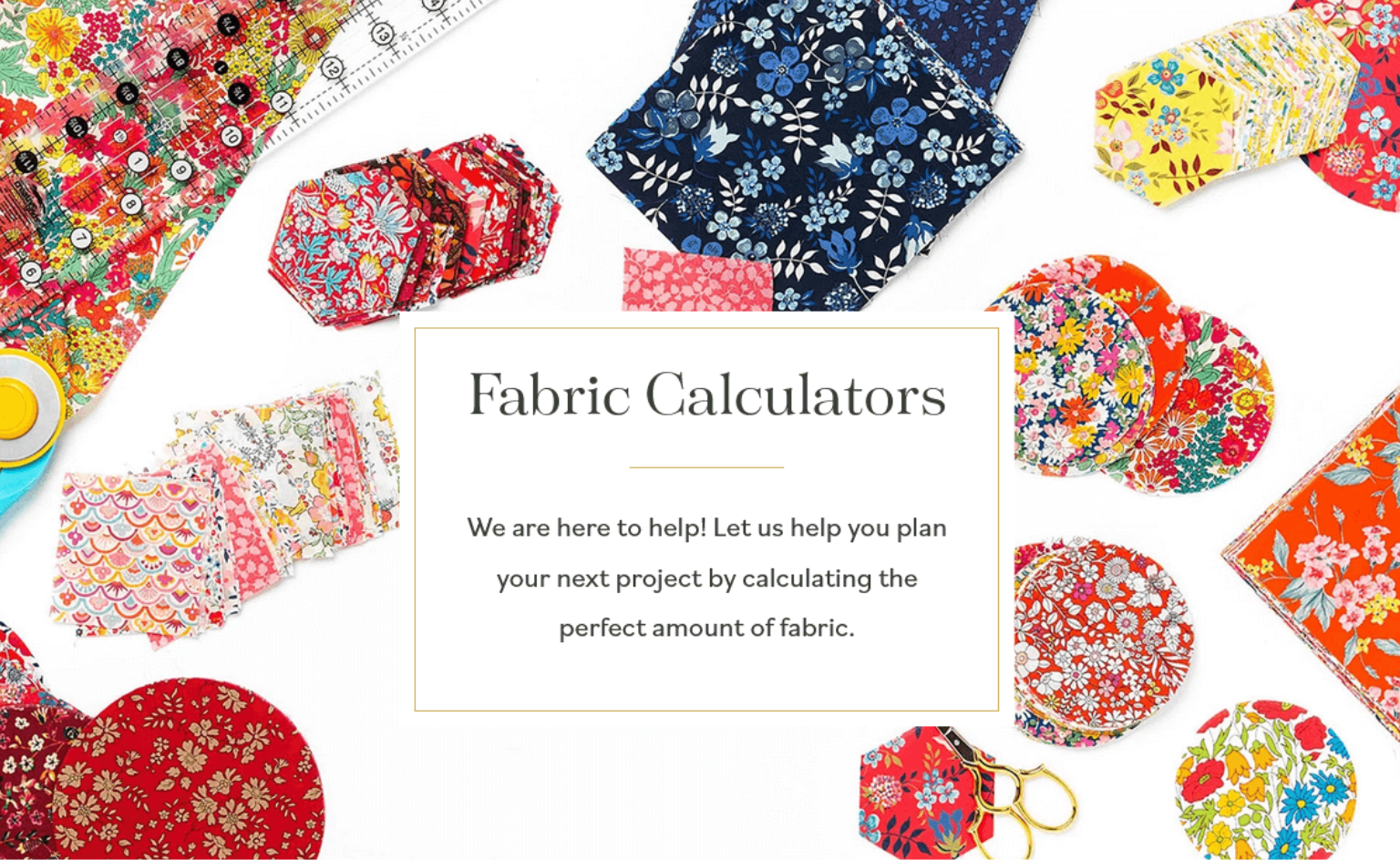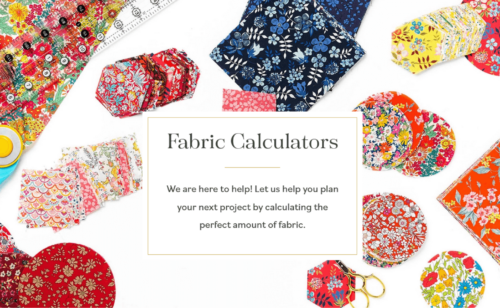
Today’s blog post comes to us from Kai Davis, SEO expert on our team and the founder of Double Your Ecommerce.
Sarah asks, “What are the top 3 must-haves on every ecommerce website to make sure customers are finding you?”
Let’s start by saying what it isn’t:
- It’s not about the latest apps. Figure these things out first.
- It’s not paid advertising on Facebook, Instagram, or Google. Wait to spend money until you figure out these things.
- It’s not writing a bunch of SEO content or recording a bunch of videos for YouTube/TikTok. Before you create any content or write a single article, focus on these things.

Here’s what you want to do:
1. Figure out the ‘Who’
You need a clear and narrow definition of who your ideal customers are. Focus on a specific part of your market. They say, ‘the riches are in the niches,’ and as an internet marketer, I can tell you that they’re right. (BTW, also check out Arianne’s article on Six Things You Need To Be Able To Expect Retail Success Online.)
Too many Shopify stores target a large, vague market, trying to reach a wide, diverse audience that’s actually made up of many small, specific sub-audiences.
Examples of too broad audiences include, “Women, ages 25-55,” “Fitness Enthusiasts,” or “People who like dogs.” These are too broad.
You might think, “If I make my audience really wide, I can reach more people. Larger audience, more sales, win-win.” You aren’t wrong to think that, but it’s incorrect.
When your target audience is too wide, your marketing message becomes diluted, making it harder to reach anyone effectively. So, narrow down your audience.
For weekly tips like this, subscribe to our newsletter
"*" indicates required fields
What does narrow look like?
- Fitness enthusiasts following a keto diet
- Tech-savvy freelancers working from home with Macs
- Outdoor adventurers interested in ultralight hiking gear
- Pet owners shopping for raw food diets for their dogs
You want it to be specific enough that when someone in your audience hears that you serve them, they perk up and go, “Oh wow, that’s great, someone just for me!” (Also check out this article from the Aeolidia on How To Identify & Attract Your Dream Customer.)

But the ‘who’ is just part of it.
2. Understand the ‘What’
As in, “What problem(s) do they need help with?”
You need a clear understanding of the problem(s) your ideal customers are facing and how your product can help solve them.
For example, if your ideal customer is a “Fitness enthusiast following a keto diet,” what problems do they need help with?
That influences what products you sell, and it especially influences how you market to them.
- Maybe that fitness & keto enthusiast is looking for help building muscle, and needs workout gear, fitness apparel, supplements, and meal plans.
- Maybe they need help with fitness gear, like home gym equipment, fitness trackers, and fitness coaching.
- Maybe they need food & beverage support, like keto-friendly snacks, meal kits, and oils.
Who + What is where riches are made. Once you know ‘who’ you’re looking to reach and ‘what’ they’re looking for help with, it’s so much easier to reach your audience.
You want to go out and study them. When your audience is searching for help with the problem they’re dealing with:
- What do they search for?
- How do they describe their problem?
- What resources do they watch or read?
- What different solutions can they pursue as an alternative to your product?
- What high-end options do they purchase? What low-end options? What are their shortcomings?
Once you know all of that, you can speak their language!
You can put out a metaphorical (or literal) banner and say, “Hey, if you’re [audience] and looking for help with [problem], you should check us out. We’ve got you covered!”
And that clarity helps when you pick what marketing to invest in and what to add to your website.

3. Reflect Your Audience’s Needs on Your Website
Once you know who your audience is and what they need help with, then you can optimize your website to reach your audience and bring the right people in.
- Homepage: Use your homepage to speak your audience’s language. Say “This is who we help, how we help them, and what we sell.” Make sure your homepage’s SEO Title tag includes a relevant keyword your audience would search for when they’re looking for help.
- Product Pages: Use your product pages to reflect the pains and problems back to your audience and highlight how your products help and how they’re different. Use detailed product descriptions that highlight product details, like telling a story to a friend.
- Collections and Category Pages: Use your collection pages to target the different terms that your customers are using to find products like yours.
Many stores can improve here by customizing their Shopify website with new collection pages targeting a range of relevant transactional, commercial, and categorial SEO terms. For example, if you sell keto protein powder, set up separate collections for:
- Best Keto Protein Powders for Diet
- Dairy-Free Keto Protein Powders
- Organic Keto Protein Powders
- Chocolate Keto Protein Powders
- Keto Protein Shake Powder
Optimize the SEO Title, headline, and collection description to target the term you’re optimizing for.

And there you have it. That’s how you make sure customers are finding you.
- Figure out who you want finding you
- Figure out what they’re searching for when they’ll find you
- Put content out there for them to find
What should you do next? Well, aside from rushing out with your notebook to think about that ‘who’ and ‘what’ are for your business, you should absolutely go read this article from Arianne Foulks on the idea of designing a business that’s hard to imitate as a way to protect your business from competition. If the idea of “picking a small, targeted niche based off your audience’s ‘who’ and ‘what’” resonates with you, you’ll love her article.
Further Reading
- SEO for Shopify Websites
- How to Improve SEO Rankings on Shopify
- 26 Ways to Make More Sales with Your Shopify Blog
Do you have any questions or comments for Kai? Please add them to the comments below.
SEO Quick Wins for Shopify Sites

Search Engine Optimization is important for getting traffic to your site. Use our “quick wins” strategy to target easy-to-improve keywords.
2 thoughts on “Top 3 SEO Must Haves on Every Website”
Leave a Comment
Related Posts
Let's take your online shop to the next level
The Shopify websites we design have a reputation for substantial improvements to ecommerce conversion rates and online sales. Let's talk!
















I would like to hear your opinion of my website to see if I am targeting my ideal dog training client.
Thanks, Dean! Our expertise is in Shopify sites. If you plan to migrate to Shopify, we’d love to review your site as a first step in coming up with a strategy for you.